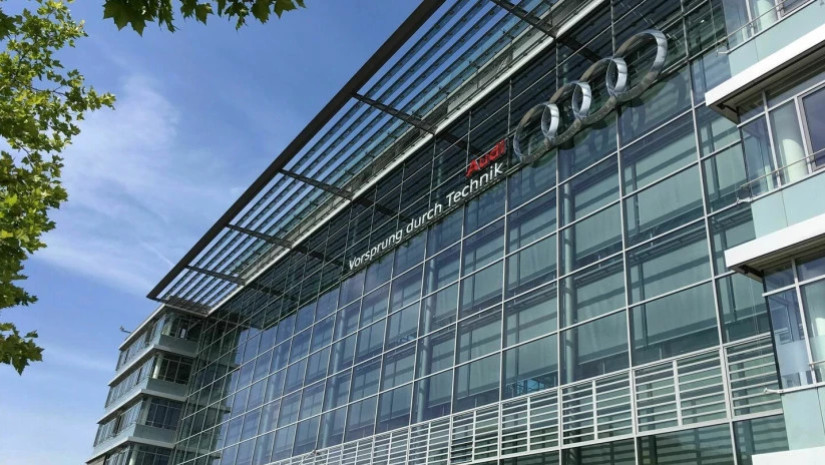Audi has lowered its full-year 2025 forecast as mounting cost pressures from higher U.S. import tariffs, internal restructuring, and softening demand in key global markets weigh on performance.
The German automaker now expects annual revenue between €65 billion and €70 billion, down from its earlier range of €67.5 billion to €72.5 billion. Its operating margin forecast has also been revised to 5% to 7%, while projected net cash flow has decreased to between €2.5 billion and €3.5 billion, compared to a prior range of €3 billion to €4 billion.
Additionally, Audi’s profit after tax for the first half of the year fell sharply to €1.35 billion, a 37% decline from €2.15 billion during the same period in 2024. The company attributed the decline to increased costs associated with its restructuring plan and sharply higher tariffs on vehicles exported to the U.S.
On Sunday, the European Union and the United States agreed to a new trade deal that imposes a 15% flat tariff on all EU goods entering the U.S., including cars. Audi stated that it is still evaluating the impact of the new tariff structure on its long-term financial outlook.
Despite these headwinds, revenue rose 5.3% in the first half to €32.57 billion, supported by gains in EV sales. Global deliveries of Audi electric vehicles grew 32% year-over-year to 101,381 units, underscoring the company’s shift toward electrification.
However, total Audi-branded vehicle deliveries dropped 5.9% to 783,531 units. Sales in China declined 10% due to intense competition, while deliveries in North America fell 9%, affected by economic uncertainty and model changeovers. Sales in Europe, excluding Germany, decreased by 4%, while the German market experienced a modest 0.7% increase.


















